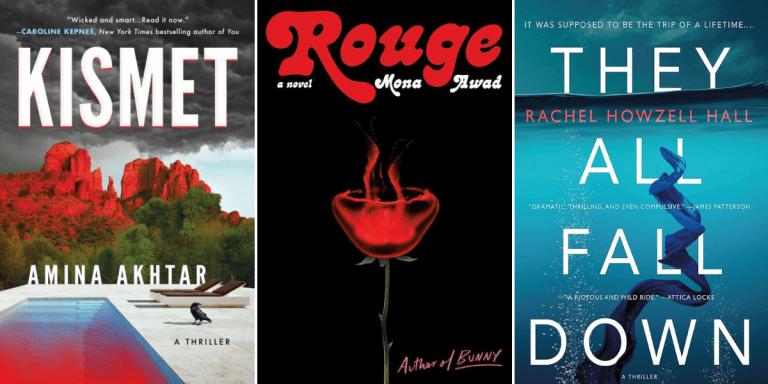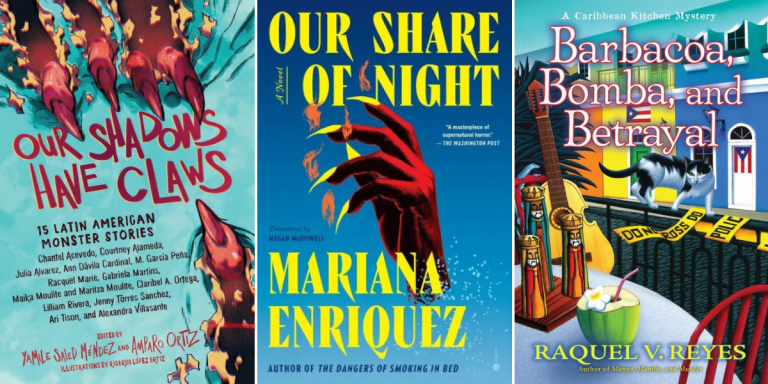A Century of Horror: The Best Horror Movies Over the Past Century
The best horror movies of the past century exemplify the genre’s flexibility and range, from stories about vampires and monsters to explorations of contemporary social issues via supernatural phenomena. Even as horror has expanded and evolved from its earliest incarnation in silent movies, it’s remained a vital genre for expressing humanity’s deepest fears and our fundamental questions about the unseen world. Here are 10 movies, one from each decade starting in the 1920s, that represent the century’s best horror.
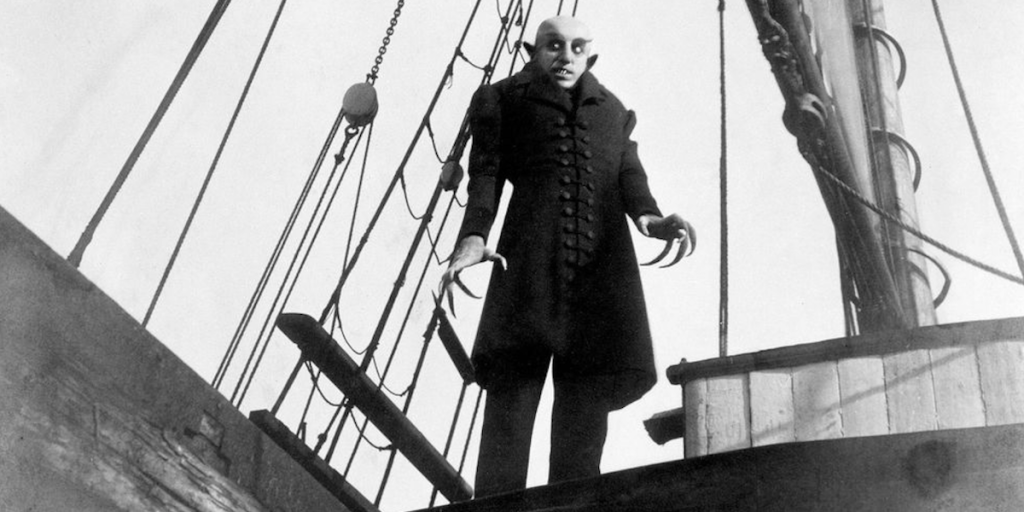
Nosferatu (1922)
Even after more than 100 years, the images of Max Schreck’s vampire Count Orlok suddenly rising from his coffin or reflected in shadow as he ascends a staircase to stalk his prey remain indelible and unsettling. F.W. Murnau’s unauthorized adaptation of Bram Stoker’s Dracula is a landmark of the silent-movie era and a testament to the terrifying power of the cinematic image. The grotesque look of Schreck as Orlok still influences the onscreen depiction of vampires at their most monstrous.
Frankenstein (1931)
James Whale’s take on Mary Shelley’s classic novel became the definitive portrayal of Frankenstein’s monster across all of pop culture, starting with Universal’s long-running franchise. Boris Karloff brings sensitivity to his performance as the creature created by the arrogant Dr. Frankenstein (Colin Clive), making him a tragic, haunted figure. Whale’s gothic sensibilities combine with Shelley’s philosophical reflections for a horror classic that is both thoughtful and artistically accomplished.
Cat People (1942)
Val Lewton brought sophistication to low-budget horror with the movies he produced in the 1940s, particularly with director Jacques Tourneur. Tourneur’s Cat People is atmospheric and eerie, with horrors that are more implied than explicit. Simone Simon plays a woman who believes that her Serbian ancestors once transformed into dangerous panthers, and that she might suffer the same fate. Tourneur uses the feline transformation as a metaphor for sexual desire, creating a moody and sensuous supernatural fable.
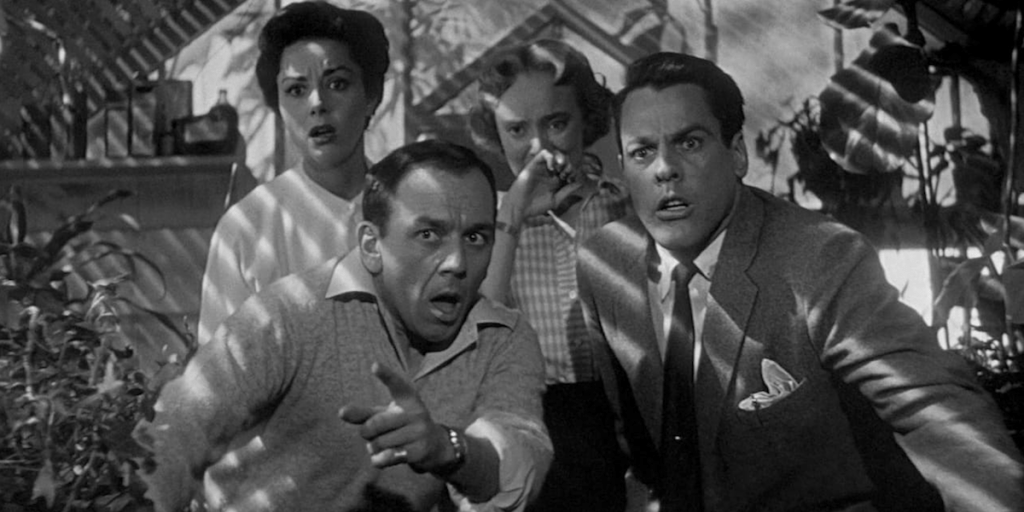
Invasion of the Body Snatchers (1956)
The first adaptation of Jack Finney’s novel is still the most effective, a suspenseful sci-fi horror movie about ordinary people being replaced by aliens. The story could be an allegory for suburban conformity or the persecution of supposed communists, but it’s just as rewarding taken at face value, as one man’s frantic battle against monsters who look just like his neighbors. Kevin McCarthy conveys the increasing desperation of a small-town doctor as he tries to escape the stealth takeover that’s coming for everyone on Earth.
Night of the Living Dead (1968)
Filmmaker George A. Romero essentially invented the modern conception of the zombie with his film about the dead rising from their graves to attack the living. The low-budget black-and-white film is still stark and disturbing, as a band of strangers huddle together in an abandoned house during the undead uprising. Romero’s later zombie films feature more pointed social commentary, but here the focus is mainly on the unrelenting terror as the characters face an onslaught of flesh-eating ghouls.
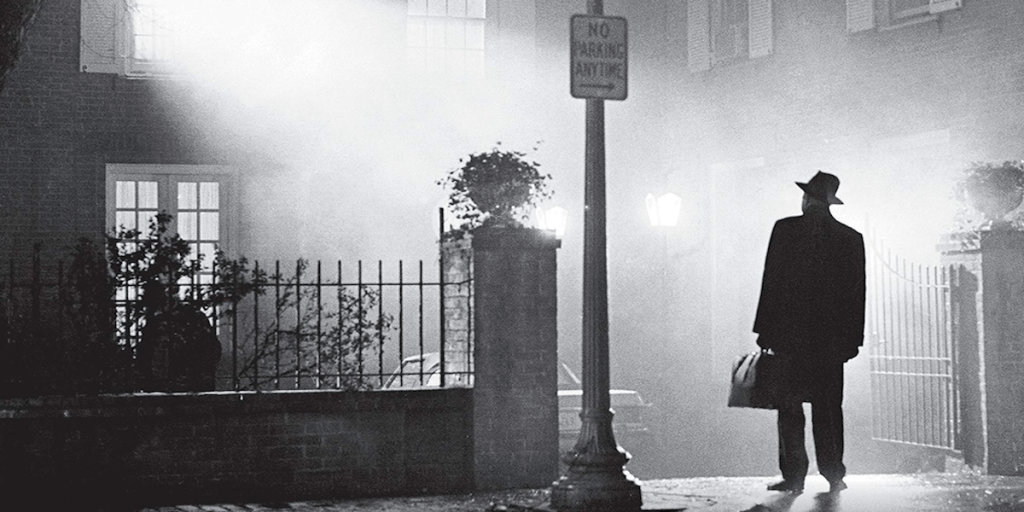
The Exorcist (1973)
The first horror film ever nominated for Best Picture, The Exorcist is a serious meditation on the nature of religion as well as one of the scariest movies of all time. Audiences remember Linda Blair as possessed 12-year-old Regan MacNeil, spinning her head around 180 degrees and spewing bright green vomit, but The Exorcist is also about a priest’s crisis of faith and a mother’s feelings of helplessness. The mix of visceral horror, psychological complexity, and theological inquiry gives the movie its lasting resonance.
A Nightmare on Elm Street (1984)
Slasher movies dominated horror in the 1980s, and Wes Craven’s A Nightmare on Elm Street is one of the key building blocks of the subgenre. It also launched one of horror’s greatest icons in blade-gloved killer Freddy Krueger (Robert Englund), who invades the dreams of the teenagers in the small town of Springwood, Ohio. Freddy is more menacing and mysterious than in his later cartoonish incarnations, and Craven blurs the lines between dreams and reality in a tense, mind-bending journey.
The Blair Witch Project (1999)
Found-footage movies existed before The Blair Witch Project, but this micro-budget sensation brought the subgenre to the mainstream. It also took advantage of the audience’s unfamiliarity with its particular approach, initially convincing plenty of viewers that the footage of three hapless filmmakers getting lost in the Maryland woods and encountering a legendary witch was real. You don’t need to believe in the actual Blair Witch to be immersed in the fear and panic that the characters feel as they search for a way to escape.
Let the Right One In (2008)
There’s something especially creepy about child vampires, and director Tomas Alfredson’s adaptation of John Ajvide Lindqvist’s novel captures that otherworldly vibe. It helps that the movie is set in Stockholm in the dead of winter, where a shy 12-year-old boy befriends the strange new neighbor girl who appears to be the same age as him. Their bond is both touching and sinister, as the reclusive young girl starts to enact vengeance on behalf of her unwitting new friend.
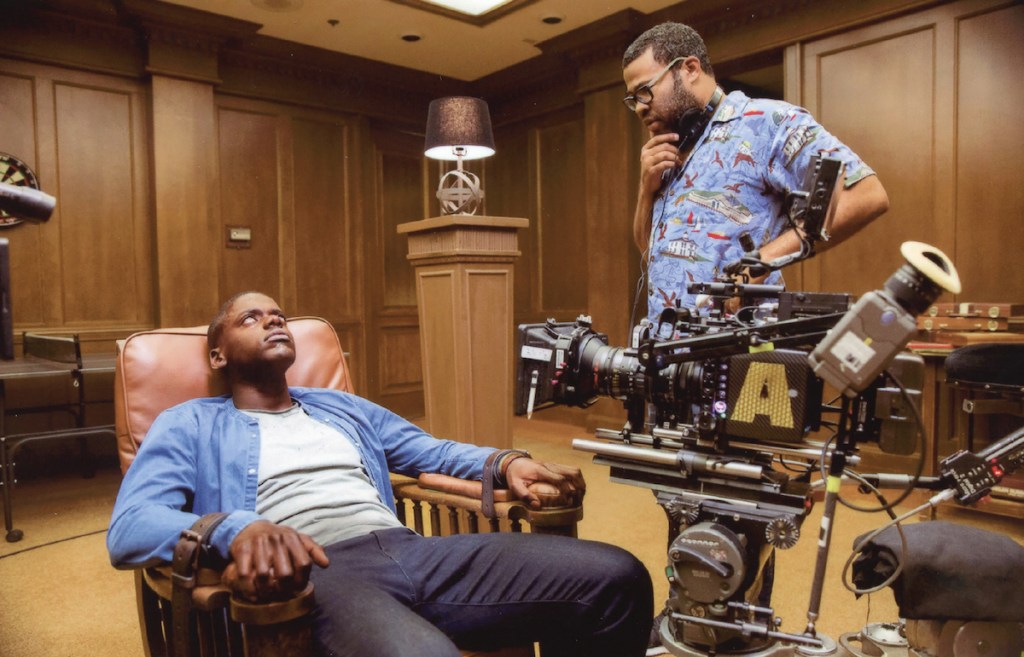
Get Out (2017)
Jordan Peele pulled off a stunning transition from comedy to horror with his directorial debut, which combines smart political satire with mounting dread. Black photographer Chris Washington (Daniel Kaluuya) finds himself trapped in a horrific conspiracy when he travels to a fancy suburb to meet the upper-class family of his white girlfriend (Allison Williams). Peele both subverts and embraces horror conventions in a bold, riveting debut that immediately established him as a major filmmaker.
By clicking 'Sign Up,' I acknowledge that I have read and agree to Hachette Book Group’s Privacy Policy and Terms of Use
What to Read Next
Josh Bell is a freelance writer and movie/TV critic based in Las Vegas. He’s the former film editor of Las Vegas Weekly and the former TV comedies guide for About.com. He has written about movies, TV, and pop culture for Vulture, Polygon, CBR, Inverse, Crooked Marquee, and more. With comedian Jason Harris, he co-hosts the podcast Awesome Movie Year.

